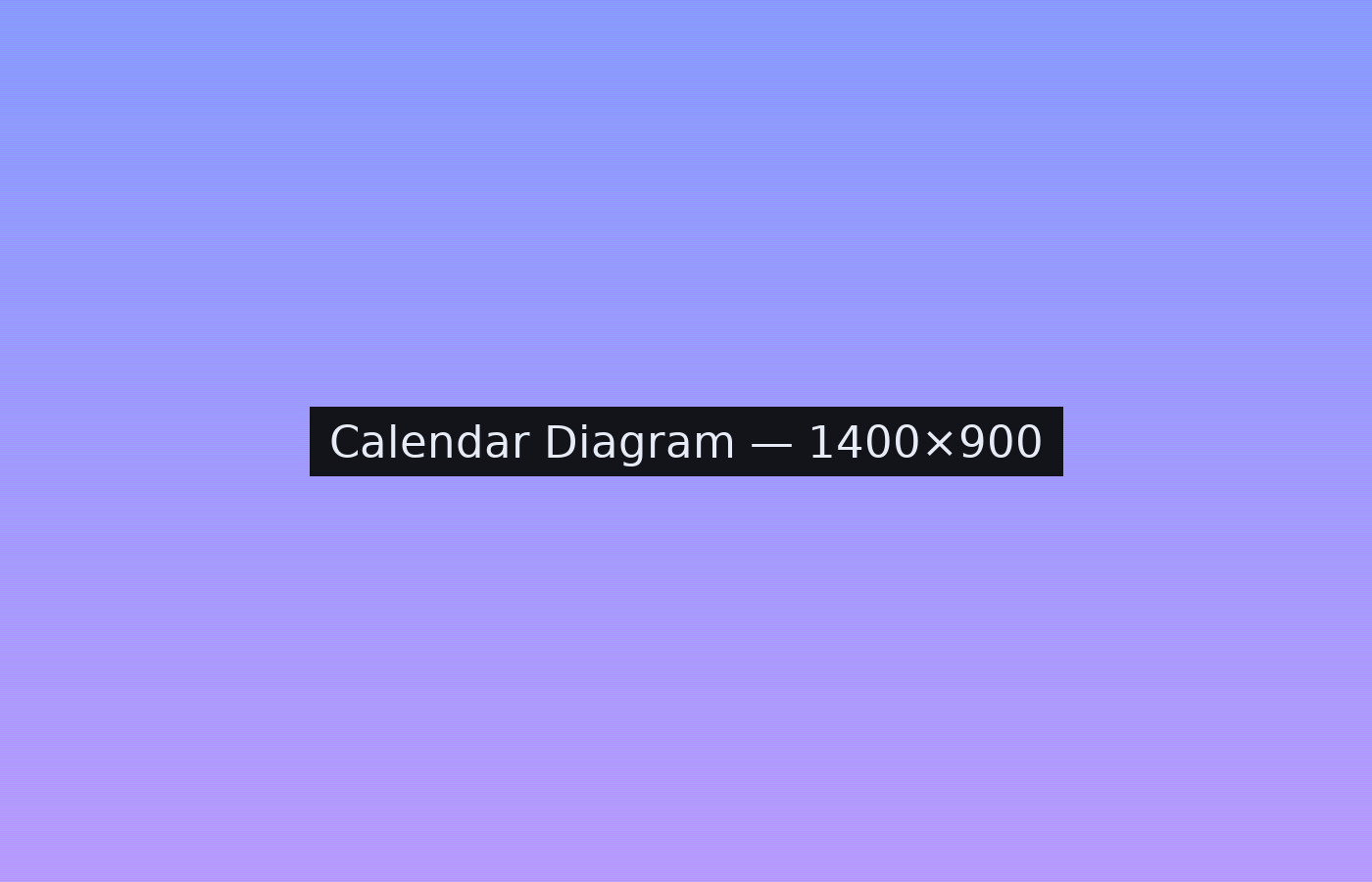How the Hebrew calendar is derived & calculated
The Hebrew calendar is lunisolar. Months track the moon; years stay aligned with the sun. The fixed rules in use today balance these two cycles with leap months and a small set of postponement rules.
This article is an original, plain‑language summary inspired by traditional sources. It doesn’t quote any book text.

1) Months, years, and the Metonic cycle
A lunar month averages 29 days, 12 hours, 793 parts. (There are 1080 parts in an hour; one part is 3 ⅓ seconds.) Twelve lunar months are about ~354 days, which is ~11 days short of the solar year. To keep holidays in their seasons, the calendar inserts a leap month seven times in every 19‑year cycle — years 3, 6, 8, 11, 14, 17, 19. This is the classic Metonic cycle.
2) Month names & variable lengths
Months alternate 30/29 days, but Cheshvan and Kislev flex to make the year one of three types:
- Deficient (353 or 383 days): both Cheshvan and Kislev are 29.
- Regular (354 or 384 days): Cheshvan 29, Kislev 30.
- Complete (355 or 385 days): Cheshvan and Kislev both 30.

3) The molad (mean lunar conjunction)
The calendar uses a mean new moon time, the molad, to anchor months. Starting from a reference molad, we add the fixed interval (29d 12h 793p) to get successive moladot. The molad of Tishrei is the key input for setting Rosh Hashanah.
Units: 1 hour = 1080 parts; 1 part (chelek) = 3⅓ seconds. 18 parts = 1 minute.
4) Postponements (דחיות, dechiyot) for Rosh Hashanah
Four classical rules can delay Rosh Hashanah by one or two days to produce valid year lengths and weekday placements:
- Lo ADU Rosh: Rosh Hashanah cannot fall on Sunday, Wednesday, or Friday.
- Molad Zaqen: If the molad of Tishrei occurs at or after noon, postpone to the next day.
- GaTaRaD: In a common year, if the molad of Tishrei falls on Tuesday at or after 9 hours and 204 parts, postpone one day.
- BeTuTaKPaT: If the molad of Tishrei after a leap year falls on Monday at or after 15 hours and 589 parts, postpone one day.
These rules, combined with the flexible lengths of Cheshvan and Kislev, yield the familiar set of year types and keep festival observances in the right seasons and weekdays.

5) Year types & lengths
With the postponements applied, a common year will have 353, 354, or 355 days; a leap year will have 383, 384, or 385 days. The pattern determines which weekdays holidays occur and which Torah portions pair or separate.
6) Putting it all together
Given any civil date, you can compute the Hebrew date by finding its position in the 19‑year cycle, determining whether it is a leap year, computing the molad of Tishrei, applying the postponement rules, and then counting months according to the year type. Modern tools (like Luach Ivri) present these results instantly, but it’s all anchored in these elegant classical rules.
Tip: Want to dive deeper? Look up terms like “parts (chalakim)”, “keviut ha’shanah”, and the naming mnemonics for the postponements above.